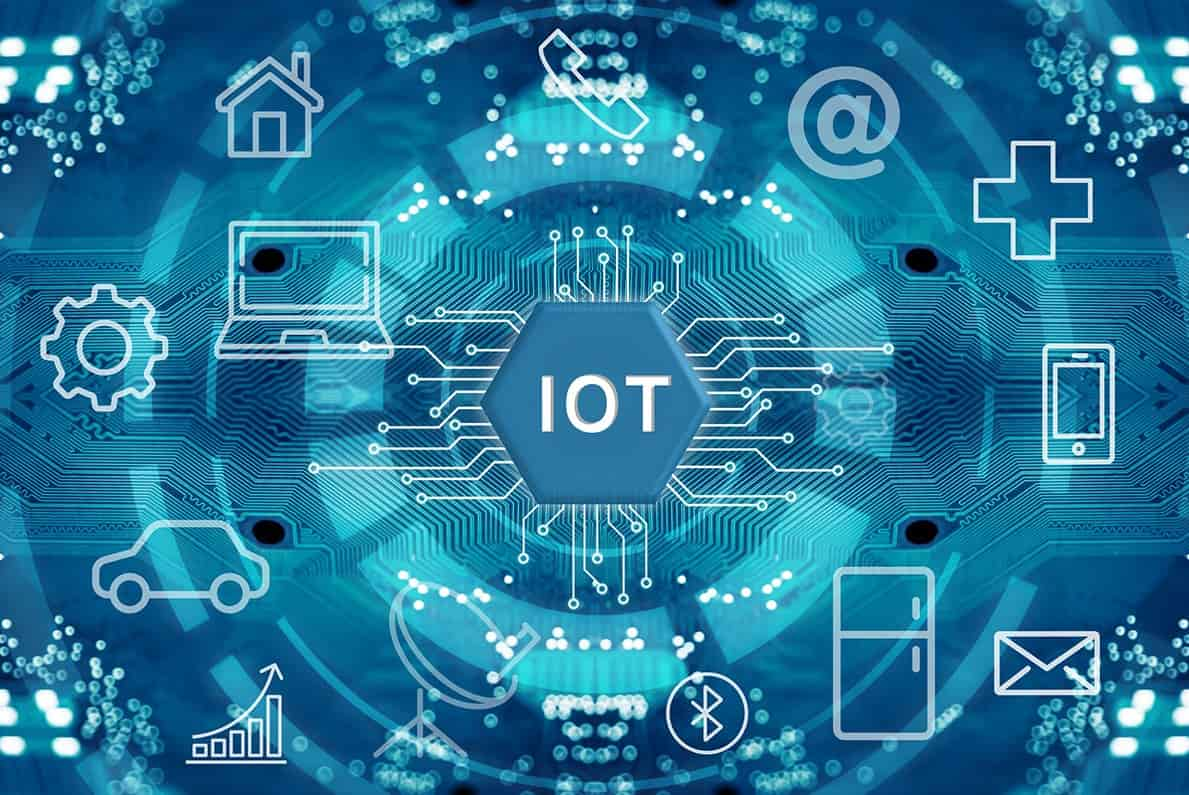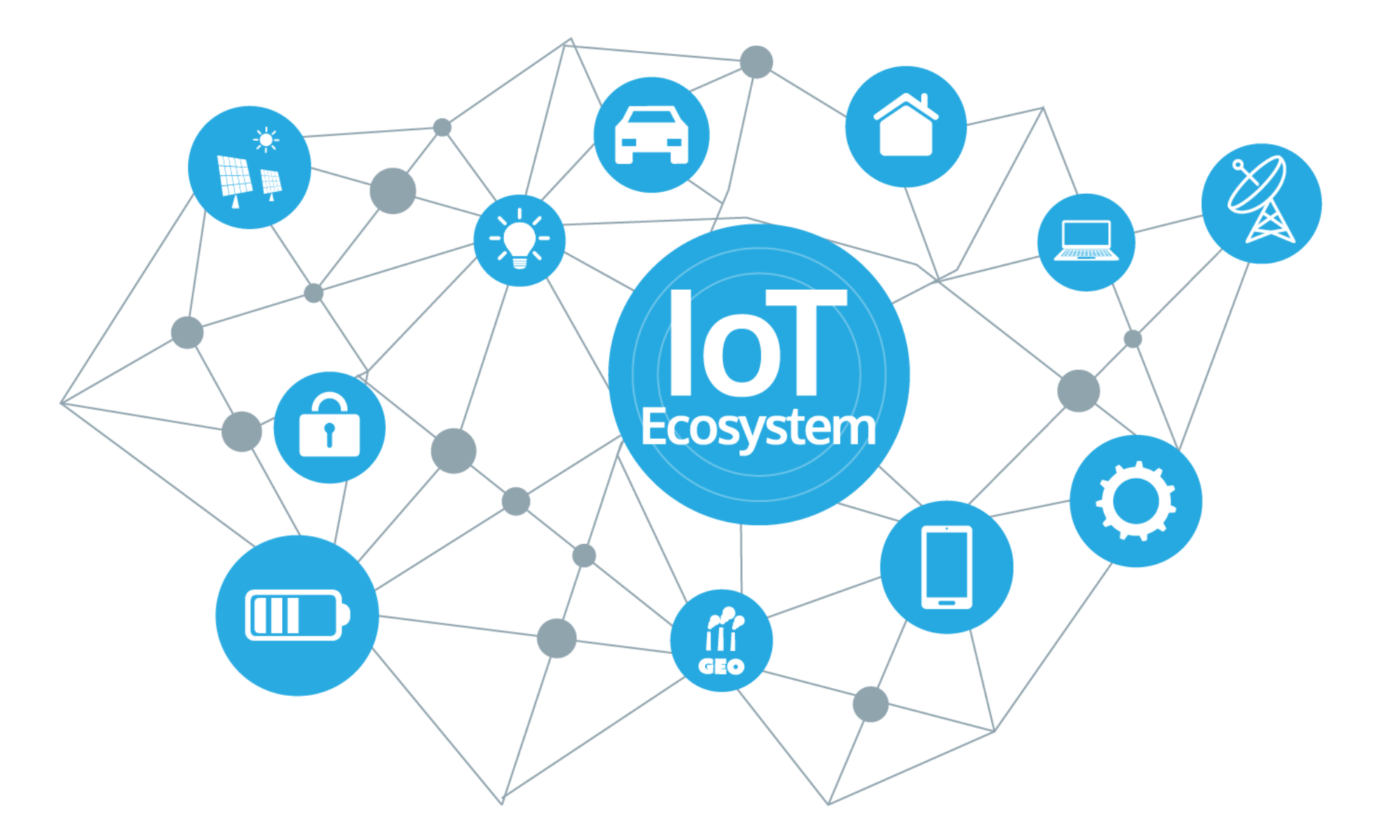Back to blog
IoT Design Tips and Methodologies
Introduction
The Internet of Things (IoT) encompasses networks of connected sensors, devices and systems that acquire, communicate and apply data to drive automation and improve quality of life. IoT adoption has exploded across industries like transportation, healthcare, utilities and more. IDC predicts over 55 billion IoT devices will be deployed by 2025, highlighting astounding growth.
However, engineering reliable, compact and power-efficient IoT devices poses complex multi-disciplinary challenges spanning sensing, connectivity, signal processing and durability. This article provides a comprehensive IoT design guide covering crucial blocks, constraints, standards and simulations for streamlined development.
IoT Applications
1. Smart Home and Lifestyle:
- Smart Home Automation: This category includes devices like smart thermostats, lighting systems, doorbells, and security cameras that enhance convenience and security in homes. Users can control and monitor these devices remotely through smartphones or voice assistants.
- Health and Wellness: IoT encompasses wearable devices such as fitness trackers and smartwatches, which monitor vital signs, activity levels, and sleep patterns. These devices also support remote patient monitoring in healthcare, allowing for real-time health data tracking.
2. Industrial IoT (IIoT):
- Manufacturing Optimization: IIoT plays a pivotal role in optimizing manufacturing processes. Sensors and IoT devices in factories monitor equipment performance, predict maintenance needs, and improve overall efficiency.
- Supply Chain Management: IoT-enabled tracking devices and sensors help businesses monitor the location and condition of shipments in real time. This improves supply chain visibility and reduces transit times.
3. Smart Cities:
- Traffic Management: IoT infrastructure aids in traffic management, reducing congestion and improving traffic flow. Smart traffic lights and vehicle-to-infrastructure communication enhance road safety.
- Energy Efficiency: Smart city initiatives involve IoT applications to reduce energy consumption in buildings, street lighting, and utilities. This contributes to environmental sustainability and cost savings.
4. Healthcare and Well-being:
- Remote Patient Monitoring: IoT devices, including wearable sensors and medical equipment, enable healthcare providers to remotely monitor patients’ vital signs and health conditions. This improves patient care and reduces healthcare costs.
- Biometric Data Tracking: IoT plays a significant role in tracking biometric data for athletes and individuals. Wearable devices provide insights into heart rate, body temperature, and activity levels, enhancing performance assessment and overall well-being.
5. Agriculture and Environmental Monitoring:
- Precision Agriculture: IoT sensors and drones are used in precision farming to collect data on soil conditions, weather, and crop health. Farmers use this data to optimize irrigation, fertilization, and pest control, leading to increased crop yields.
- Environmental Protection: IoT sensors monitor air quality, water quality, and climate conditions. This data is vital for environmental protection efforts, disaster management, and ensuring a healthier planet.
These five categories encompass a wide range of IoT applications across various industries and sectors. IoT continues to drive innovation and efficiency in numerous areas of our lives, enhancing convenience, sustainability, and overall quality of life.
IoT Design: Basic Building Blocks
At the core of any IoT device are three fundamental building blocks that define its functionality: sensors, a wireless connectivity module, and a power management module. Successful IoT design hinges on the seamless integration of these components to create a functional and efficient device. Let’s delve into each of these building blocks:
Sensors
- Sensors are responsible for collecting data from the external environment. They come in various types, including temperature sensors, pressure sensors, humidity sensors, infrared sensors, cameras, and RFID tags.
- When designing an IoT device, it’s essential to consider not only what real-world information the device needs to gather but also how it will communicate this data to other servers, devices, and nodes.
- Careful consideration should be given to selecting the appropriate sensors, taking into account design considerations and specific applications to ensure accurate data collection.
Wireless Connectivity Module
- The wireless connectivity module is a crucial component that enables the IoT device to connect to the broader world. It serves as the communication gateway.
- Common communication modalities include Bluetooth, Zigbee, WiFi, and NFC (Near Field Communication). The choice of connectivity technology depends on factors such as range, power consumption, and connection duration.
- For devices requiring direct internet access, options like GSM/LTE or WiFi can be employed. Each modality has its unique characteristics, and selecting the right one is vital for efficient communication.
- Note that some IoT devices, particularly those utilizing NFC, can be wirelessly powered to communicate with a transceiver, whereas WiFi-enabled devices require a continuous power source.
Power Regulation Module
- The power regulation module is critical for ensuring the device’s portability and its ability to maintain continuous communication.
- In scenarios where the device is battery-powered, designing for power efficiency becomes paramount to extend the device’s operational lifespan.
- Voltage regulators with low quiescent current should be employed to maximize power efficiency.
- Designing the circuit so that only relevant sub-circuits are powered at any given time helps conserve energy and prolong the device’s battery life.
- Proper power management also involves considering how the device enters low-power or sleep modes when not actively transmitting or receiving data.
The seamless integration and synchronization of these basic building blocks are essential for the successful design and functionality of IoT devices. By selecting the right sensors, communication technology, and power management strategies, IoT designers can create efficient and reliable devices that meet the specific needs of their applications.
IoT Design Essentials
Creating a successful IoT design requires careful consideration of several essential factors to pack various technologies into a compact, cost-effective, and efficient device. Here are the key essentials for IoT design:
1. Compact Design:
- The ultimate goal in IoT design is to consolidate the discussed technologies into a single compact device. This device should be both physically small and space-efficient on the PCB (printed circuit board).
- Achieving a compact design is essential for IoT devices to be portable, practical, and cost-effective.
- The device may also require additional capabilities such as digital signal processing, natural user interface processing, control operations, or analog sensing, depending on its intended use.
2. Performance and Efficiency:
- IoT devices should be designed for improved performance, power efficiency, extended communication range, and reduced physical size.
- This involves optimizing various components within the device, including the CPU (central processing unit), memory, graphics, processing units, and wireless circuitry.
- To minimize size and power consumption, many of these components can be integrated onto a single System-on-Chip (SoC) whenever feasible. However, not all components may be suitable for integration.
3. Single Unit Design:
- An essential shift in IoT design is moving away from the traditional approach of using multiple smaller individual boards and components. Instead, the entire product or board should be designed as a single unit.
- This single-unit design is driven by the need to save space, enhance signal integrity, manage thermal considerations, and reduce the overall size of the device.
- Collaboration with mechanical designers is crucial to ensure that the physical design aligns with the electronic components’ requirements.
4. Modular Approach:
- IoT designers should acknowledge that sensors and integrated circuits (ICs) are rapidly evolving, and the chips used in a product may become outdated relatively quickly.
- To address this challenge, a modular approach should be adopted. Compartmentalizing the design into sub-circuits allows for a systematic approach to updating and replacing specific components.
- Each sub-circuit’s input and output should be carefully considered to ensure seamless integration into the larger device as a whole.
By adhering to these IoT design essentials, designers can create IoT devices that are not only compact and cost-effective but also capable of delivering optimal performance and efficiency. Embracing modularity and keeping pace with technological advancements will ensure that IoT devices remain relevant and adaptable in the ever-evolving landscape of connected devices.
IoT Design Considerations
IoT device design involves several critical considerations to ensure the device’s functionality, efficiency, and reliability. These considerations include adhering to standards, optimizing power efficiency, managing wireless connectivity, and addressing mixed-signal design challenges. Here’s a breakdown of these key aspects:
1. Adherence to Standards:
- IoT devices operate within a broader architecture that comprises three layers: devices (sensors and actuators), edge (data processing components), and cloud (final data processing and interaction with apps).
- IoT devices must communicate and integrate seamlessly with other systems and devices. To achieve this, adherence to industry and communication standards is crucial.
- Consider adopting specific standards relevant to your IoT application, such as IEEE 243, and apply them during the device’s design and development process.
- Explore additional standards from organizations like the Institute for Printed Circuits (IPC) to ensure compliance with industry benchmarks.Explore various standards-based IP solutions in the following categories:
- Interfaces: MIPI DSI, CSI, SLIMbus, UniPro, DigRF, BIG, D-PHY, M-PHY, M-PCIe, USB, HDMI, SDIO.
- Memory: SD/eMMC, NAND, LPDDR, Wide IO.
- Analog IP: Analog Front-End (AFE), A/D converters for sensors and radios, power monitoring solutions, thermal sensors.
- Systems/Peripheral IP: Microprocessors, bus interfaces, audio IP, timer IP, and more.
2. Power Efficiency for Mobile IoT Devices:
- IoT devices are often mobile or battery-powered, making power efficiency a critical concern for their longevity and reliability.
- Implement different operating modes to conserve power and enable smart power management.
- When designing with battery power in mind, allocate power consumption budgets to different functional blocks within the PCB. Use power regulating ICs that meet your specifications to ensure each block stays within its allocated power budget.
- Choose memory modules that align with your power efficiency goals. Consider trade-offs between direct memory access (DMA) and dynamic random access memory (DRAM) for better power savings.
3. Precise Power Budget Calculations:
- Minimize energy wastage caused by long PCB traces or excessive vias. Carefully evaluate the power delivery network’s efficiency on the PCB.
- Utilize precise power network analysis tools to obtain an accurate understanding of your device’s power efficiency before manufacturing and testing.
4. Wireless Design for IoT:
- IoT devices typically rely on wireless connectivity to communicate with other devices and networks, such as WiFi, Bluetooth, and more.
- Familiarize yourself with various wireless network protocols and their specific frequency bands.
- Be aware of government regulations governing the use of the radio frequency spectrum, as different frequency bands are allocated for specific purposes.
- Consider integrating off-the-shelf wireless modules that meet regulatory and industry standards to simplify wireless connectivity.
- Pay careful attention to antenna design, considering factors like orientation, gain, and directivity to select an antenna that suits the desired form factor of your IoT device.
5. Noise Management:
- Noise can be a significant concern in wireless IoT environments where devices communicate using various communication standards.
- Devices typically spend most of their time in idle or standby modes and only briefly activate communication for transmission and reception.
- Familiarize yourself with methods for dealing with radio frequency electromagnetic interference (RF EMI) and incorporate noise management strategies into your design.
6. Temperature Considerations:
- Temperature can impact the performance of IoT devices, especially in extreme conditions.
- Define the temperature ranges in which your IoT device should operate and ensure that all components meet these specifications.
- For medical IoT devices, consider the unique challenges of transmitting wireless signals within the human body, where operating frequencies can be attenuated.
7. Mixed-Signal Design:
- IoT devices often deal with both analog and digital signals collected from sensors.
- Implement signal integrity measures to minimize noise and maintain data accuracy during signal conversion and transmission.
- Separate analog and high-speed digital sections of the PCB to address issues like crosstalk, clock skew, propagation delay, attenuation, and impedance matching.
- Ensure that vital signals are not compromised, especially in medical IoT applications where accurate data is critical.
8. Compact Design and Flexibility:
- Achieving a compact design is essential for IoT devices, but it also requires considerations for flexibility.
- Explore advanced design technologies, such as high-density interconnects (HDI), embedded components, multi-chip modules (MCM), or three-dimensional ICs (3D-ICs), to fit various sub-circuits and modules into a single compact PCB.
- Collaborate with mechanical engineers and product designers to align the PCB’s form factor with manufacturing capabilities.
- Consider flexible PCB (flex PCB) designs to address mechanical limitations and reduce the need for complex wiring harnesses or high-density interconnects (HDIs).
By addressing these IoT design considerations, designers can create efficient, standards-compliant, and reliable IoT devices that meet the specific requirements of their applications.
PCB & PCBA quick quote
Related Articles
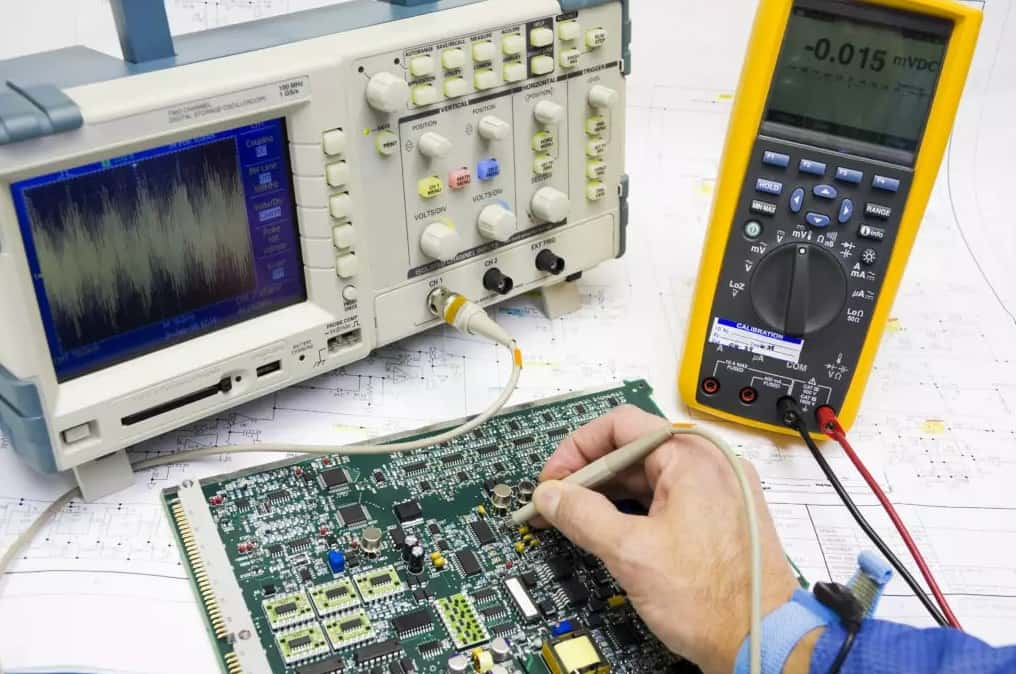
How to Test a Circuit Board?
[pac_divi_table_of_contents title="On this article" default_state="closed" included_headings="off|on|on|off|off|off" exclude_headings_by_class="on" active_link_highlight="on" level_markers_3="icons" title_container_padding="10px|15px|10px|15px|true|false"...
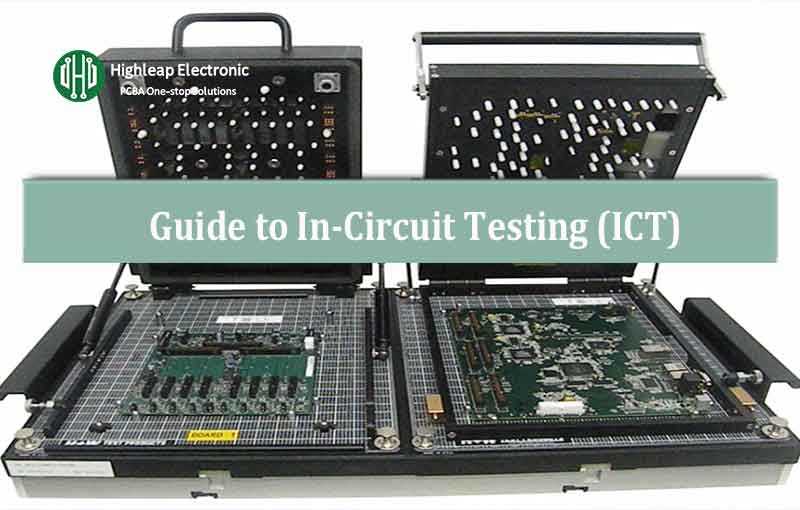
PCB Quality: The Definitive Guide to In-Circuit Testing (ICT)
[pac_divi_table_of_contents title="On this article" default_state="closed" included_headings="off|on|on|off|off|off" exclude_headings_by_class="on" active_link_highlight="on" level_markers_3="icons" title_container_padding="10px|15px|10px|15px|true|false"...
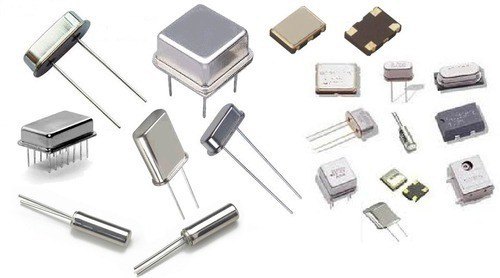
Understanding Crystal Oscillators and Their PCB Layout
[pac_divi_table_of_contents title="On this article" default_state="closed" included_headings="off|on|on|off|off|off" exclude_headings_by_class="on" active_link_highlight="on" level_markers_3="icons" title_container_padding="10px|15px|10px|15px|true|false"...
Take a Quick Quote

